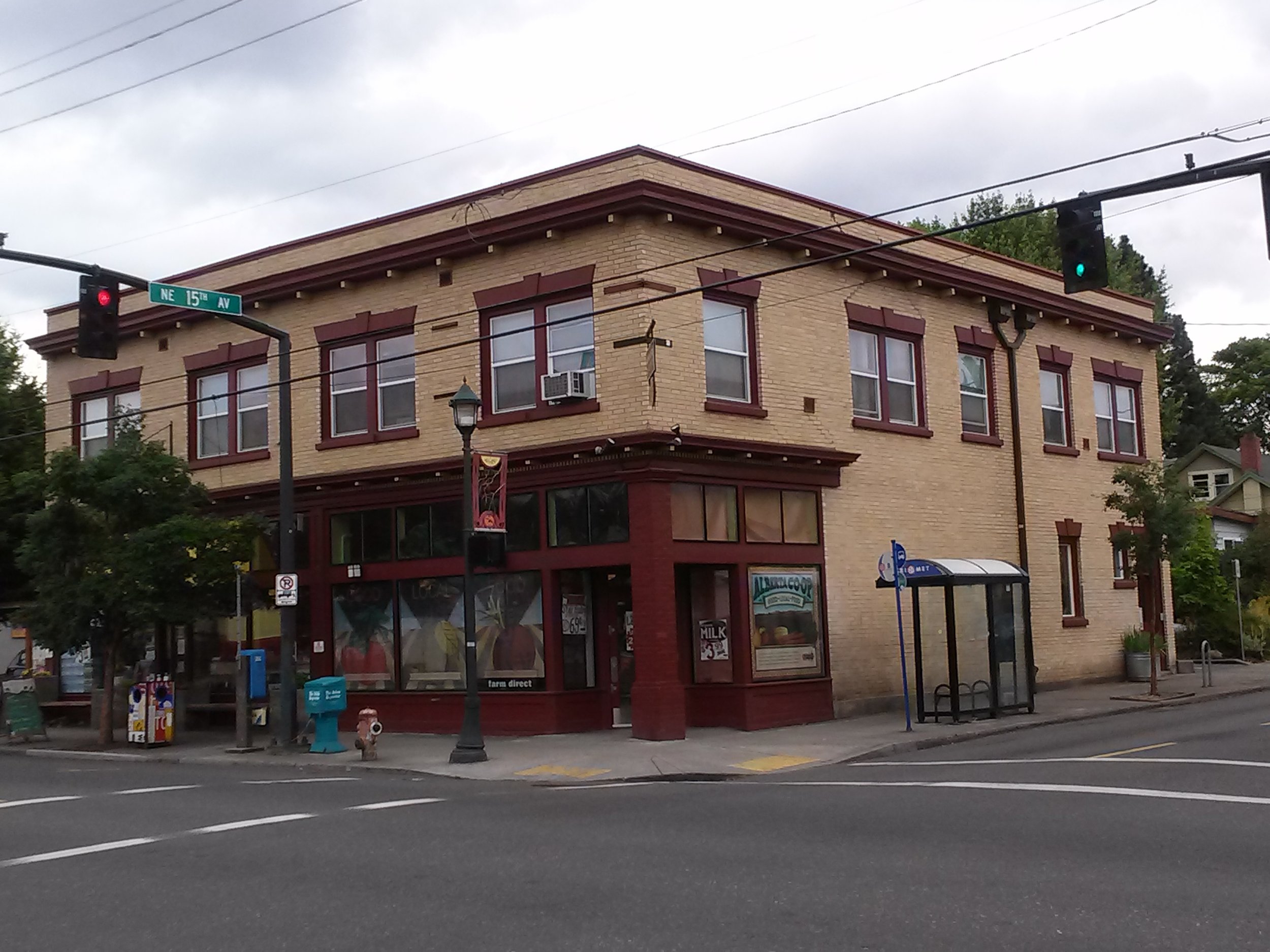Close but no Cigar -recent changes in the HUD 221(d)(4) Loan program
 The Regional Plan Association (RPA) recently prepared a report describing how real estate finance is structured and the unintended consequences of that structure impacting neighborhoods and the economic health of communities.
The Regional Plan Association (RPA) recently prepared a report describing how real estate finance is structured and the unintended consequences of that structure impacting neighborhoods and the economic health of communities.
For smaller increments of development, the debt financing can be delivered in the form of off the shelf FHA, Fannie Mae, or Freddie Mac 30 year mortgages for buildings of 1 to 4 residential units.
If the project is 5 units or more, the small developer typically goes to a small local bank and takes out a commercial construction loan which will require a 25 - 30% down payment and a personal guaranty. Once the building is completed and has a couple years of operating history, the developer can take out a nonrecourse loan which does not require a personal guaranty and pays of the construction loan.
As the RPA Report explains, small developers who want to build modest mixed use buildings on their town's Main Street or provide Missing Middle buildings are not able to access the favorable financing available to the developers of large single use suburban apartment complexes. The largest single source of federally insured financing for apartments is the HUD 221(d)(4) Loan Program. In 2015 $2.9 billion in loans were issued under this program. It is the largest single loan program for apartments in the US. If a project meets the underwriting requirements of the program the terms are pretty great:
- The down payment is only 16.5%.
- The term of the loan is 40 years.
- The loan starts out as a construction loan and is converted to a permanent mortgage without any additional fees.
- There is no personal guaranty required.
The 221(d)(4) Loan Program has focused upon single use apartment projects and there are some serious issues that come up if you try to use the program to finance a mixed use building or series of buildings. The underwriting standards have specific restrictions upon how much commercial space is allowed in the building and how much commercial income can be considered in the rents the project will collect.
These restrictions are listed in the RPA Report as:
- a 10% Cap on Gross Income Derived from Commercial.
- a cap of 15% of the Gross Leasable Area of the building devoted to Commercial Use.
A typical two story Main Street mixed use building has close to 50% of it's building area devoted to commercial use, so you can see the problem. That building can't use HUD 221(d)(4) financing. The appraisers certified by HUD and FHA to review 221(d)(4) applications are residential appraisers, so they have a hard time figuring out what the value of a building containing something other than residential apartments.
HUD recently released the 2016 Multifamily Accelerated Processing (MAP) Guide on January 29, 2016. This is the rule book HUD issues periodically to the banks that are certified to sell loans under the various HUD programs 221(d)(4), 220, and 223. There have been some changes made to the rules following public comments over the last couple years on the issue of bringing HUD's loan programs in line with HUD's policy of supporting walkable mixed use neighborhoods.
- The 10% Cap on Gross Income Derived from Commercial has been raised to 15%.
- The 15% Cap on Gross Leasable Area of the building devoted to Commercial Use has been raised to 25%.
So if you want to build a four story mixed use building and devote the ground floor to commercial use, you can use the HUD 221(d)(4) loan program, (since one floor out of four would get you 25% of the gross leasable area of the building). Unfortunately, the most income you can show on your pro forma to qualify for the loan from that ground floor commercial tenant is 15% of the building's total income. What HUD is saying here is, "Okay, you can build it, but we are not going to count much income from it."
I suspect that the reason this new crop of rules is such an unfortunate half-measure is that the folks at HUD who periodically edit the rule book have been so focused upon single use apartment complexes in the suburbs for so long that they have a hard time understanding how a two or three story mixed use building on Main Street actually work. At this rate, it may be a long time before small developers have access to the same financing as big outfits building apartment complexes on the edge of town.
